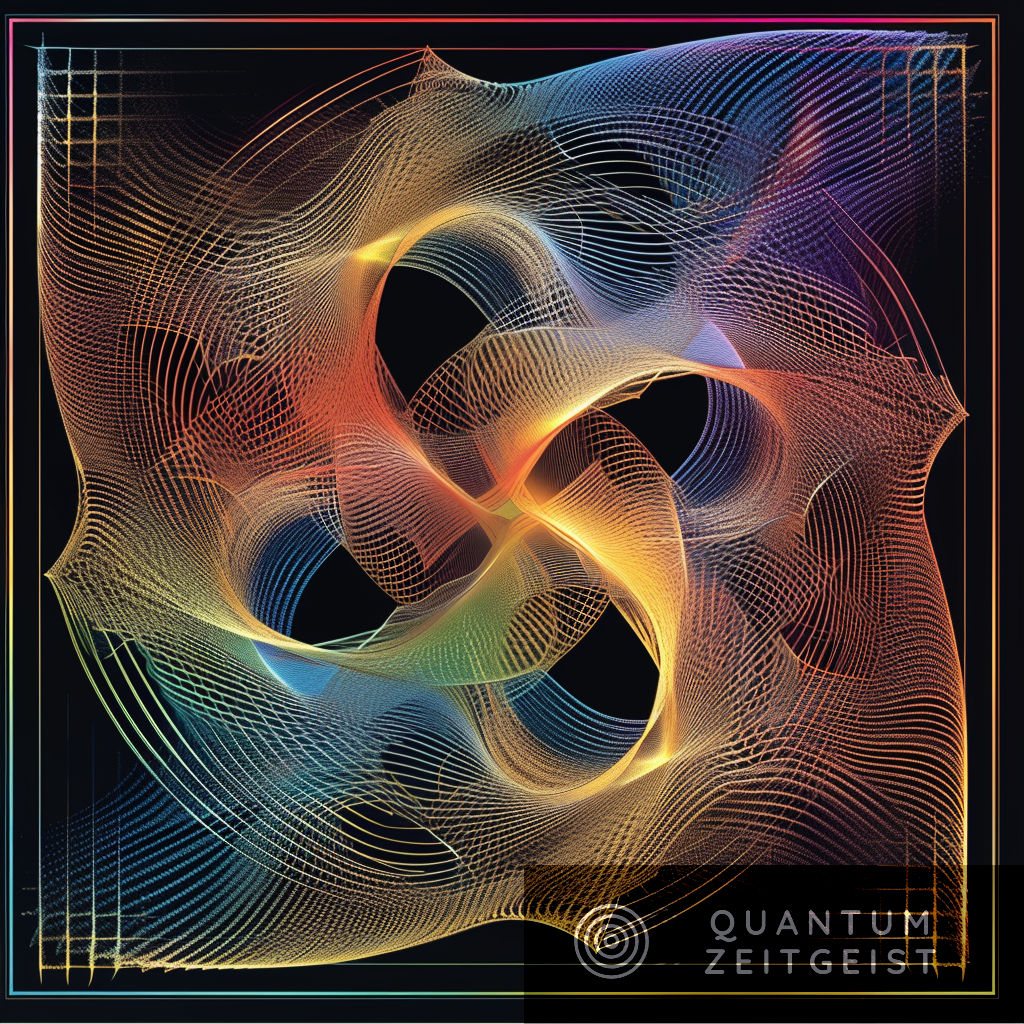Mathematicians Alberto Ibort and María Jiménez Vázquez from Universidad Carlos III de Madrid and ICMAT Instituto de Ciencias Matemáticas have developed a Lagrangian description of the qubit, a simple quantum mechanical system. The description is based on a generalization of Schwinger’s picture of Quantum Mechanics using the concept of groupoids. The Lagrangian is interpreted as a function on the groupoid describing the quantum system. The authors also discuss the transition from Feynman’s paths to histories, the role of the Lagrangian in Quantum Mechanics, and the dynamics of simple quantum mechanical systems.
Introduction to the Lagrangian Path Integral Approach to the Qubit
Alberto Ibort and María Jiménez Vázquez, from the Department of Mathematics at Universidad Carlos III de Madrid and ICMAT Instituto de Ciencias Matemáticas, have presented a Lagrangian description of the qubit. This is based on a generalization of Schwinger’s picture of Quantum Mechanics using the notion of groupoids. The Lagrangian is interpreted as a function on the groupoid describing the quantum system. Feynman’s paths are replaced by histories on the groupoid, which form themselves a groupoid. The unitarity of the propagator obtained in this way imposes quantization conditions on the Lagrangian of the theory.
Quantum Systems and Groupoids: The Qubit
The authors discuss quantum systems and groupoids, focusing on the qubit. They delve into the kinematical description of quantum systems, outcomes and transitions, the qubit, and other simple examples. They also discuss observables, the algebra of a groupoid, and states and dynamics. The qubit, a simple quantum mechanical system without a classical counterpart, is described using Hilbert spaces and linear operators.
The Path Integral Description of Quantum Systems in the Groupoids Picture
The authors present the path integral description of quantum systems in the groupoids picture. They discuss the transition from Feynman’s paths to histories, the Lagrangian and the qubit, computing amplitudes in the groupoid of histories, and a path integral computation of the qubit probability amplitudes. The groupoid itself carries all the quantum mechanical properties of the system, while the classical velocity phase space provides an infinitesimal description of its quantum properties.
Schwinger’s Picture of Quantum Mechanics and the Qubit
The authors discuss Schwinger’s picture of quantum mechanics and its application to the qubit. They note a Schwinger-like description of the qubit using Schwinger’s picture of quantum mechanics based on the algebraic structure provided by his algebra of selective measurements. The groupoids description of quantum mechanics, which extends Schwinger’s picture, provides a simple, natural framework to describe quantum mechanical systems lacking a classical Lagrangian description.
The Role of the Lagrangian in Quantum Mechanics
The authors discuss the role of the Lagrangian in the foundations of Quantum Mechanics. They note that both Feynman and Schwinger offered their own separate interpretations for the role of the Lagrangian. In Feynman’s approach, it is just the classical Lagrangian function defined on the classical velocity phase space, while in Schwinger’s picture, the Lagrangian is an operator-valued function of the basic quantum observables of the theory.
The Dynamics of Simple Quantum Mechanical Systems
The authors offer a new understanding of the dynamics of simple quantum mechanical systems like the qubit that do not possess an obvious classical counterpart. They combine ideas from Feynman’s path integral approach and Schwinger’s picture of quantum mechanics to present a Feynman-like path integral description of the qubit based on the groupoids picture of quantum mechanics.
Conclusion and Future Directions
The authors conclude by discussing the implications of their work and potential future directions. They note that their main contribution is to offer a new understanding of the dynamics of simple quantum mechanical systems like the qubit. They also note that their work shows how a Feynman-like path integral description of the qubit can be done, elucidating the role of the Lagrangian for such systems.
The article titled “A Lagrangian path integral approach to the qubit” was published on January 24, 2024. The authors of this article are Alberto Ibort and Macarena Jiménez-Vázquez. The article was sourced from arXiv, a repository maintained by Cornell University. The article can be accessed through its DOI reference: https://doi.org/10.48550/arxiv.2401.13763.
arXiv (Cornell University)

